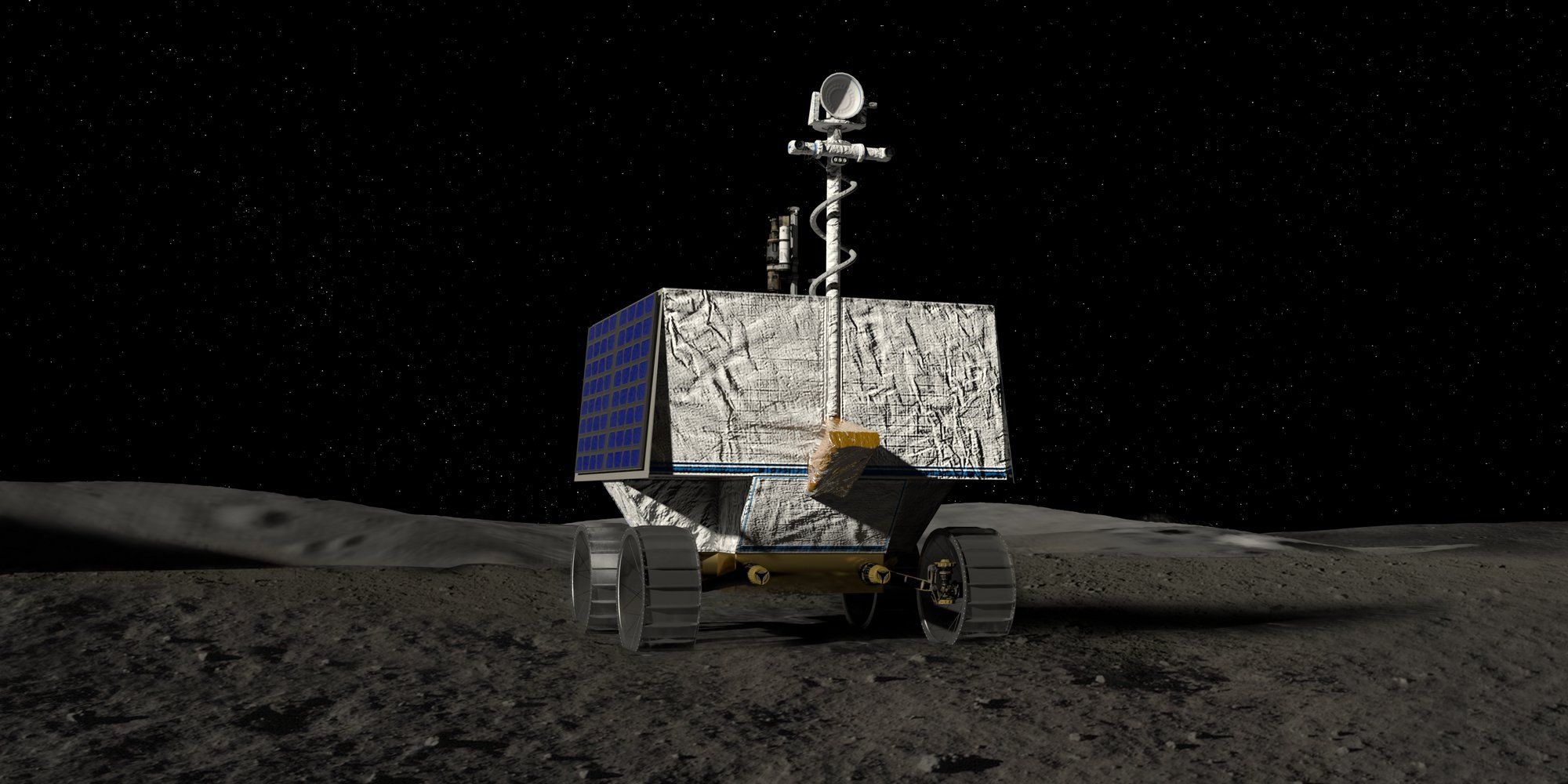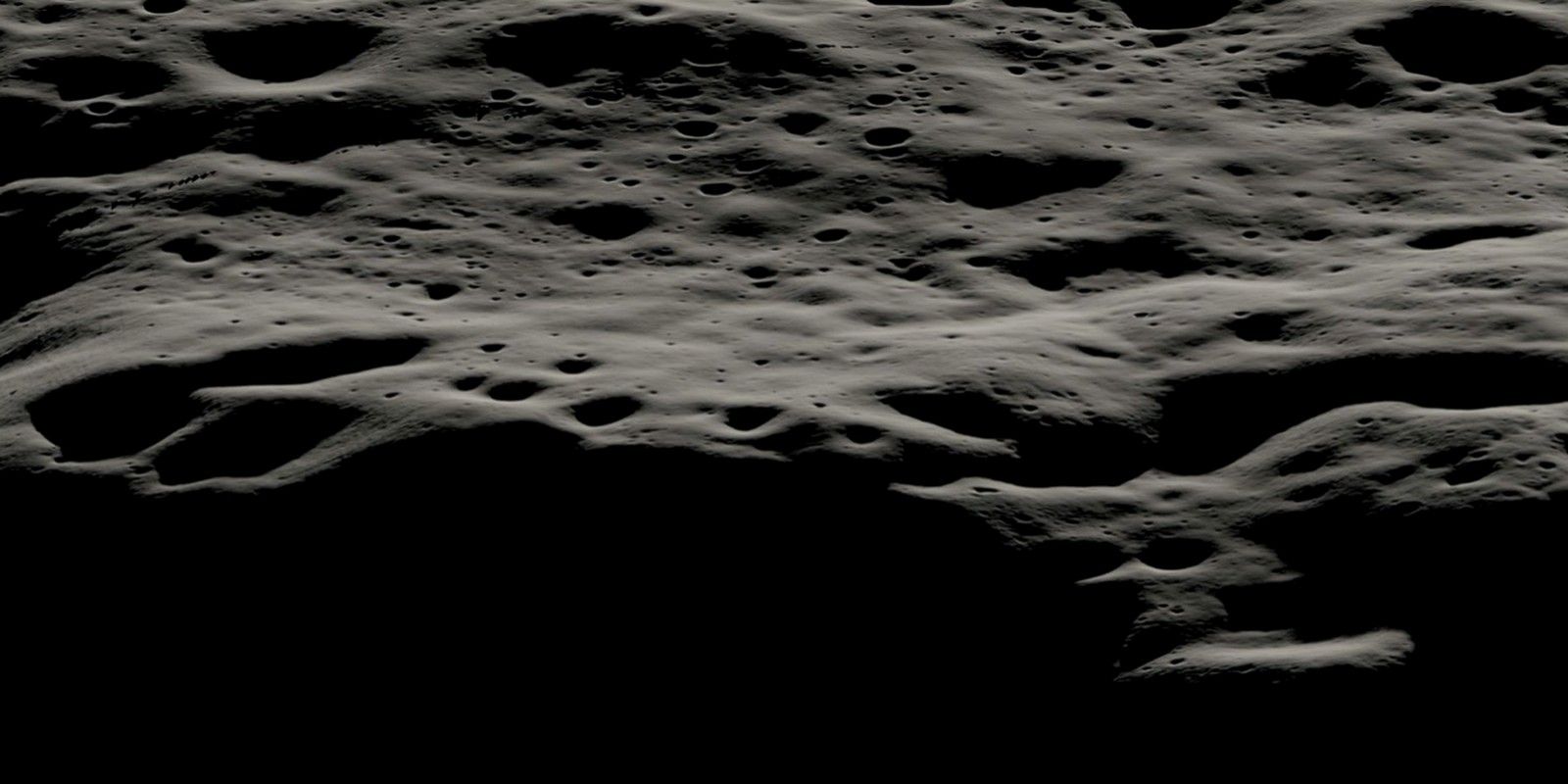The next phase of NASA’s moon mission begins with the Volatiles Investigating Polar Exploration Rover (VIPER) rover, and today, the space agency has announced that it will begin its exploration journey by landing in the Nobile Crater located on the largely unexplored South Pole of the Moon. The VIPER rover, which is roughly the size of a golf cart and weighs approximately 950 pounds, is powered by solar-charged batteries that will provide a peak output of 450 watts and can reach a peak speed of 0.5 miles per hour. The rover has been designed with agility and versatility in mind, keeping in mind the uncertainty about the lunar terrain on which it will carry its exploration duties.
Scheduled to take off in late 2023, VIPER — which is NASA’s first mobile robotic mission to the Moon — will continue the search for surface and sub-surface water on the Moon. More importantly, the mission will help create a resource map that will help scientists comprehensively study the water distribution and concentration in that region of the moon. The information relayed by the VIPER mission will help scientists narrow the sites where resources like water can be harvested for sustaining human presence on the moon as part of the Artemis Mission. Such preparations using VIPER-like rovers will be of critical importance as they reduce the need for carrying water towards long-term manned missions to the Moon, Mars, and beyond.
Ahead of the rover’s launch two years from now, NASA has announced that VIPER will land near the western edge of the Nobile Crater, which remains cloaked in shadow that results in ice formation due to its low temperature. Prior to the site selection, NASA had to carefully analyze the path that could provide the rover with enough sunlight exposure for its solar panels to charge and also prevent its parts from malfunctioning due to freezing. The course charted for VIPER will allow it to explore six sites that have been earmarked for exploration and carrying out research activities, one of which includes tracing the origin of frozen water on the Moon.
The Most Challenging Moon Mission Ahead Of Humanity's Arrival
Of the Nobile Crater region’s 93 square kilometer area, the VIPER is expected to explore roughly 16-24 kilometers as part of the mission which involves drilling and collecting samples from three locations. However, the mission won’t be easy, as the rover will have to withstand temperature extremes as wide as 500 degrees Fahrenheit depending on its location in the sunlit and shady region on the Moon’s South Pole. Another challenge is that there are not enough scouting images of sufficient quality taken from the orbit, which means drivers will have a rough time navigating a terrain that has largely remained unexplored.
Another challenge is the nature of the terrain, as scientists are unsure whether the soil on which the rover will traverse is going to be solid, loose, or something in between, which is quite a dramatic caveat. Interestingly, VIPER is also going to be the first rover with headlights, and that’s because it will be predominantly be exploring regions of the crater that don’t receive much sunlight. The rover will be launched atop SpaceX’s Falcon-Heavy rocket and will be the largest and heaviest payload delivered as part of NASA’s Commercial Lunar Payload Services initiative.
Source: NASA


